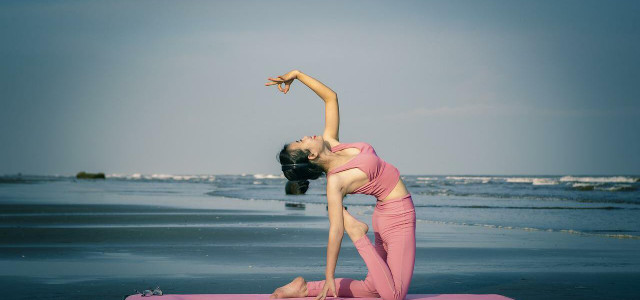The 8 limbs of yoga have little to do with the gym or a perfect body. Instead, they are part of a philosophy intended to help us navigate the human experience. Learn more here.
The 8 limbs of yoga are not what most of us in the West associate with the practice. Here, it is more of an exercise and gym experience than the philosophy of cosmic science and spirituality it was intended to be. Yoga exploded in the U.S. thanks to the Beatles and the hippie movement of the 1960s. Various aspects of yoga have rippled across the developed world since.
Many native and spiritual practitioners now feel that their heritage has been grossly commercialized by Americans, as only some aspects of yogic culture have been embraced. Many yogis campaign for a practice based on all 8 limbs of yoga, as opposed to our current approach. And science seems to agree it’s a good idea.
When used correctly, the mind-body connections of yoga have a range of benefits that some researchers say are being underutilized by healthcare professionals as a healing tool. The 8 limbs of yoga approach has even shown promise in treating psychological disorders like Post-Traumatic Stress Disorder (PTSD) and depression.
Learning about the 8 limbs of yoga will help you understand a little more about the teachings behind the flexible postures that we are generally familiar with. It might also help you use this ancient philosophy to improve your health and well-being.
Origins of The 8 Limbs of Yoga
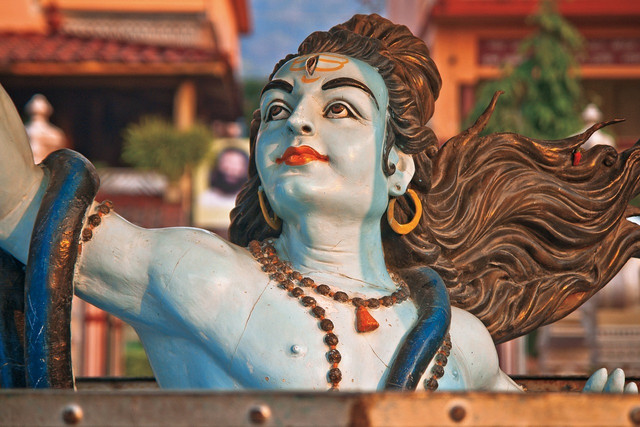
The 8 limbs of yoga are a major component of an ancient way of life that originated in ancient India. The core teachings are believed to have been passed down orally for generations until they were documented around 5000 years ago in a set of scriptures called the Vedas. These texts are among the oldest in the world and are written in an ancient language called Sanskrit. The collection of books that make up the Vedas has given birth to Hinduism, Buddhism and a yogi tradition that embraces mind, body and being.
We also find references to the Chakra System, based on the concept of energy flow and alignment, within these sacred scriptures. This system is closely intertwined with original yogi traditions. The father of yoga is believed to be a rishi — or sage — named Maharshi Patanjali. Circa 200-500 BC, he wrote 196 yoga sutras that have shaped and dictated the practice since. The 8 limbs of yoga were born from these sutras.
These 8 limbs of yoga provide a framework for us to manage the physical, mental, emotional and spiritual aspects of human experience. Each limb builds and prepares us for the next until we reach a state of total contentment and deep connection. The yogi tradition encompasses self-discipline, self-reflection and a deep journey into the inner self. Yoga is a truly personal experience that can help us navigate life. So, let’s take a look at its 8 limbs and what they represent.
1. Yamas
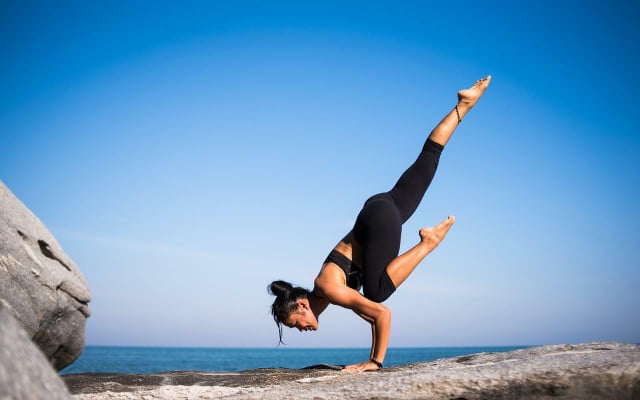


The yoga journey begins with the physical body and world, then the breath, and then the inside world of the self. The Yamas start us off by examining our social duties, ethics, and moral code. These are considered external disciplines as they deal with our interaction with the outside world. Practicing the Yamas will often involve abstinence.
The Yamas teach us about attitudes and behaviors that foster respect for the external environment and for other people. They are codes of conduct that teach us how to behave and how to practice restraint. There are 5 Yamas:
- Ahimsa: The practice of non-violence — this extends to the self, others, and all living things (which is why most Hindus are vegetarian).
- Satya: The practice of honesty and truthfulness.
- Asteya: The practice of non-stealing.
- Brahmacharya: Moderating the senses.
- Aparigrana: Non-possessiveness.
Practicing the Yamas is an individual and personal choice. We all have different human-environment interactions that we should reflect on. Being mindful of your interactions and their consequences is a simple way to start. For example, there are many simple things you can do to save the ocean or combat climate change, once you are aware of your behaviors that damage it. There are also many different types of journals to stay mindful to help you to increase your levels of self-awareness.
The Yamas promote a balance and harmony between all things through peace and respect. By reflecting on how we apply them in our daily lives, we become more connected with the external world. Learn how to practice gratitude for everything you have and detach from material possessions. Practice the first of the 8 limbs of yoga by examining the effects you might have on everything and everybody else.
2. Niyamas
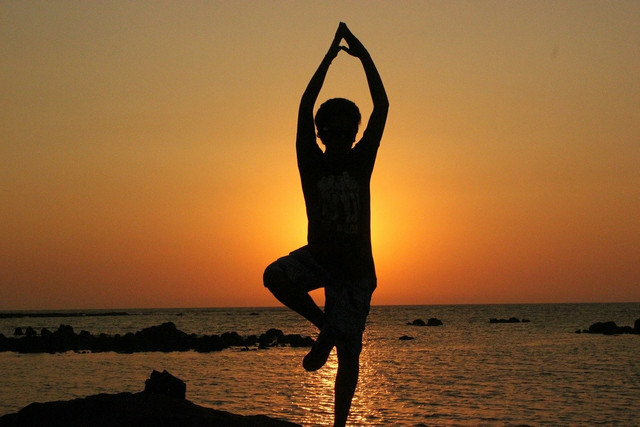


Second on the list of the 8 limbs of yoga are the Niyamas. This is when we begin to build on the Yamas by looking at our personal rules through reflection. The Niyamas bring us beyond just the external world and towards the inner realm. They are rooted in self-discipline and self-mastery. Practicing the Niyamas requires deep introspection. There are 5 Niyamas:
- Saucha: The practice of cleanliness. This includes personal hygiene, clean eating, clean thoughts, and a clean, organized personal environment.
- Santosha: The practice of contentment within our current situation in the present moment.
- Tapas: The practice of discipline, which involves learning from mistakes, burning negative thoughts, and repeated efforts at mastery.
- Svadhyaya: The practice of self-knowledge, involving introspection and direct inquiry into our inner selves and worlds.
- Ishvarapranidhana: The practice of full surrender to the divine energy, involving connection and submission to a higher power.
There are many ways to begin practicing the Niyamas that align with the Yamas of the first limb. Switching to a natural, homemade all-purpose cleaner will give you a hygienic home without the harmful toxins and environmental effects. Likewise, replacing chemical-laden personal hygiene products with natural ones — like castile soap or homemade teeth whitening recipes will go towards achieving the second limb of yoga.
Learning how to self-love is an important tool to develop. So is avoiding negative self-talk and getting to know yourself in truth and acceptance. Positive affirmations for self-love can help improve your relationship with yourself, and future self-journaling could help you become the best version of yourself as your journey through the 8 limbs of yoga evolves.
3. Asanas
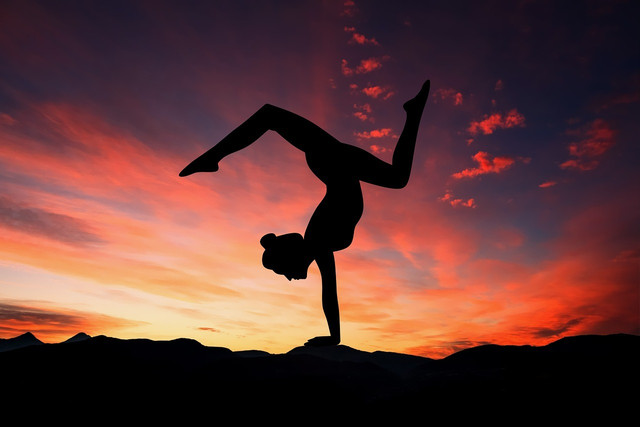


Of all 8 limbs of yoga, the Asanas are probably the best known. The Asanas refer to the postures and poses we associate with a yoga class at the gym, but their original purpose extends beyond exercise and flexibility. The Asanas are intended to improve physical, mental, and spiritual strength and discipline through the body.
The Asanas are typically practiced to prepare the body and mind for deep meditation by beginning with mastery over the body. Hatha yoga is a great place to start practicing asanas. You can experience some yoga poses for better sleep , or you could even try face yoga if you are feeling a little lazy! Even if traditional Asanas are not for you, there are many yoga alternatives with similar benefits that you could try.
4. Pranayama



Prana translates to energy or life force. The breath is our vital source of this life energy. The breath is a core element of the 8 limbs of yoga and can be used alongside other limbs — like meditation and asanas. Breath manipulation can also be practiced in isolation, and many of us have used this tool during stressful events, childbirth, and other challenging experiences.
The act of breathing is the only bodily function that can be manipulated consciously and subconsciously. Therefore, it is considered the bridge between our two states of being. The ultimate goal of yoga is to align the two to achieve higher states of consciousness and connection. Therefore Pranayama is a core element of yogi traditions.
If you would like to start practicing breath manipulation, there are many techniques to try. You can start simply by becoming aware of the breath and practicing holding, counting, and releasing. The 4-7-8 Breathing Technique is a simple place to begin your journey and has many associated benefits. If you are an advanced practitioner and would like to awaken your inner fire with the breath, check out Tummo meditation for a heat-generating, mind-body experience.
5. Pratyahara
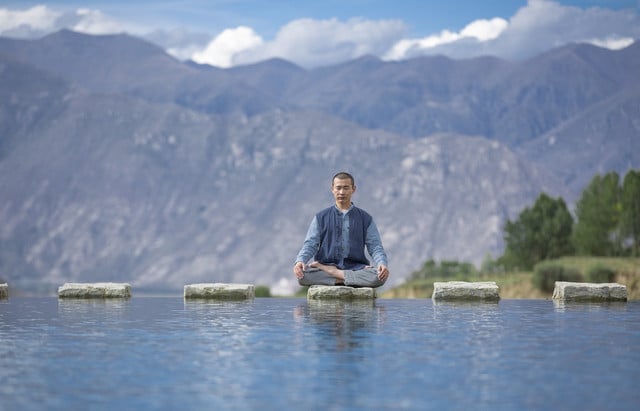


Number 5 of the 8 limbs of yoga is Pratyahara. As we progress through our journey, this limb involves withdrawing from the information our senses constantly provide. The information we have been making sense of during the previous limbs is now eradicated to promote clarity and focus. Our brains receive a continuous stream of information from the senses that can often clutter our minds or induce pointless over-thinking. By being able to transcend or shut out this constant stream from outside, we can really focus on our inner selves.
Pratyahara is not just about sensory withdrawal from the physical world for deep introspection. It also involves withdrawal from thoughts and behaviors that negatively affect our well-being and connection to the divine world that we can physically experience. To achieve this limb of yoga, we should also withdraw from negative food, lifestyle, attitudes, and associations and adopt healthier ones instead, after deep introspection and reflection.
Withdrawing from our daily habits, thoughts, and routines can be challenging. You can start by reducing stress and connecting yourself to the peaceful earth. Nature therapy is an easy way of grounding yourself and adopting healthy behaviors that promote clarity. Walking barefoot will really give you that added sense of connection.
Detaching from negative people can also be difficult. Learning how to spot the signs of a toxic person and how to deal with them is a good way of withdrawing from negative relationships. Setting boundaries at work or in your relationship might also be necessary during this step and will promote mental well-being and emotional resilience in your life.
Adopting new routines and behaviors is not impossible when it comes to your diet and lifestyle either. Why not examine the benefits of a vegan or vegetarian diet if you want to adopt some healthy eating patterns? You could cut out sugar from your everyday diet, learn about the vegan food pyramid or balance your own and the planet’s energies with the planetary health diet. Get those nutrients pumping through your body and enjoy the benefits of a morning workout for the optimal Pratyahara experience.
6. Dharana
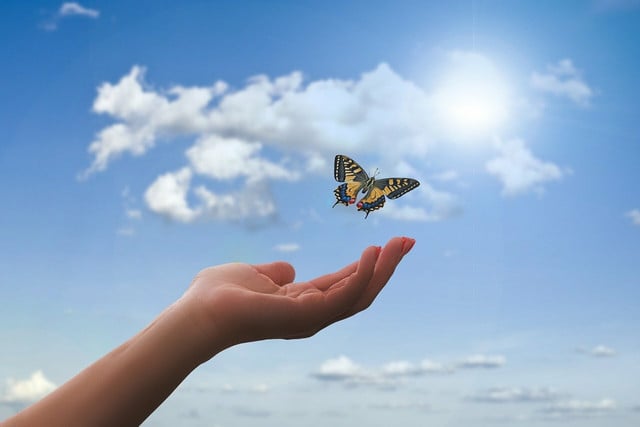


As we reach the 6th limb of yoga, we have developed healthier thoughts, behaviors, ethics and interactions with all things. We can also detach from distractions, temptations and negative thought patterns and have learned how to use the breath and body. These lower limbs of yoga all prepare us for number 6 — Dharana.
Dharana involves harnessing mental focus and concentration. This is the stage that prepares us for deep meditation as we progress through the 8 limbs of yoga. This is often a challenging practice for many as we must learn how to focus our attention accurately and maintain it.
If you are struggling with thought patterns that you can’t control, try some effective ways to get out of your head to begin your journey. There are several easy ways you can try to improve concentration for better focus — like a digital detox or mindfulness-based stress reduction strategies. Achieving Dharana, or deep attention, does not require awareness, just focus. So, simply staring at a spot on the wall or a flickering candle instead of a screen will help sharpen yours.
7. Dhyana
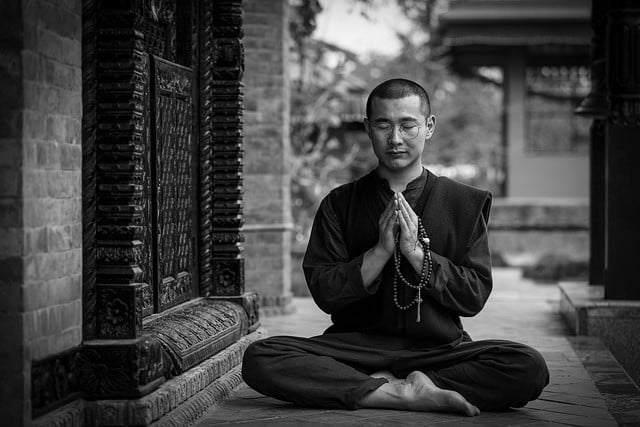


Extended periods of concentration naturally lead to meditation. So, it is no surprise that we find it following Dharana. The penultimate stage of the 8 limbs of yoga is Dhyana, or meditation. Dhyana extends beyond focused attention to a state of total awareness and uninterrupted concentration. Reaching this meditative state of complete and still awareness is difficult and requires years of practice, but that doesn’t mean you shouldn’t start trying.
We now know that even the simplest meditation techniques can have powerful effects on the mind, body, and soul. The science and research connecting meditation to improved well-being and health is everywhere. The most beautiful part of any meditation practice is that it is a personal and unique journey. There are no hard and fast rules, so find what works best for you and sample a few different methods. Trying out breathing techniques and postures before you start really practicing is an important step in enjoying the experience.
8. Samadhi
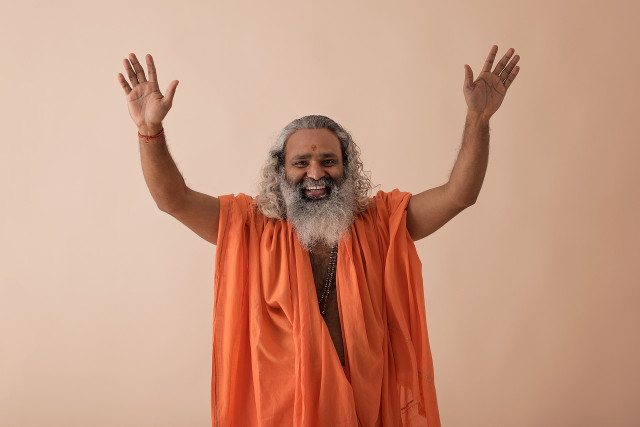


If we devote ourselves to the practices, attitudes, and behaviors outlined in the 8 limbs of yoga, we eventually arrive at Samadhi. Our final limb — sometimes called enlightenment, ecstasy, or realization — can only be experienced once we have achieved all 8 limbs of yoga. It is difficult to describe.
It involves transcending ourselves and the physical realm to reach a state of complete peace, harmony, and connection with our inner and outer worlds. It is often described as a blissful state of existence that is in sync and harmony with the universe and all living things.
Samadhi is our final destination on the yogic journey and one believed to free us from the physically, mentally, and spiritually challenging aspects of human life. Not many of us will reach a state of uninterrupted ecstasy, but by applying the principles of the 8 limbs of yoga to our daily routines, we might just begin to live healthier and happier lives on a healthier and happier planet.
Read more:
- Yoga for Children: Benefits and 4 Beginner Moves
- DIY Yoga Mat Cleaner for Every Mat Type
- 5 Eco-Friendly Yoga Mats for Your Sustainable Yoga Practice
Important Information regarding Health-related Topics.
** Links to retailers marked with ** or underlined orange are partially partner links: If you buy here, you actively support Utopia.org, because we will receive a small part of the sales proceeds. More info.Do you like this post?






